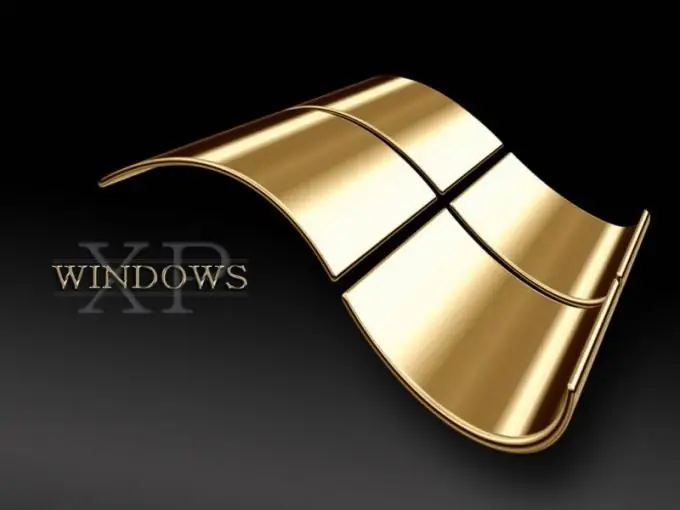The operating system and programs, when running, create files to store intermediate results or to transfer data to another application. Temporary files start with ~, and the extension is usually.tmp or.temp. They are stored in system folders.

Instructions
Step 1
By default, Windows system files and folders are invisible. If you have XP installed, from the Start menu go to Control Panel and expand the Folder Options icon. Go to the "View" tab.
Step 2
Check the box next to "Show contents of system folders" in the "Advanced options" section. Uncheck the box next to Hide protected system files. Move the radio button "Hidden files and folders" to the position "Show …". Confirm by clicking OK.
Step 3
Windows XP has at least two folders for storing temporary files. Both are called Temp. A system hidden folder has been placed in the Windows directory. Expand the My Computer icon and go to the Windows folder on drive C. Find the Temp folder and open it to see the temporary files generated by the system.
Step 4
For each user profile, its own temporary folder is also created. Open Documents and Settings on the C drive and find the folder with the username. Then go to the Local Settings directory. Since this is a system folder, it is painted in a paler color, as if half-hidden. It contains the Temporary Internet Files folder and the user's Temp temporary files.
Step 5
If you are using Windows Vista, expand Appearance and Personalization or Folder Options in Control Panel. Go to the "Show" tab. Check the box next to "Show hidden files and folders" in the "Advanced options" section.
Step 6
To view the files created by the system, double-click on the "My Computer" icon, then on the C drive icon. Go to the Windows and Temp folders one after the other. A folder with temporary files created by user programs can be found at C: Users current user AppDataLocal SettingsMicrosoftWindowsTemp.






